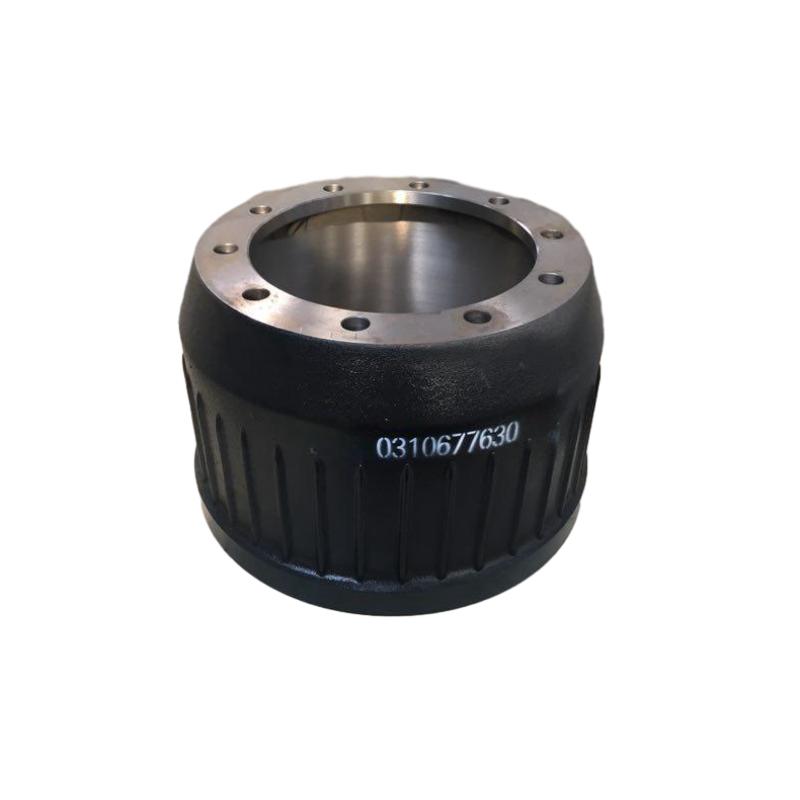ივლ . 29, 2024 21:41 Back to list
Enhancing Vehicle Performance with Optimal Drum Brake Systems for Improved Safety and Efficiency
Performance of Drum Brakes An In-Depth Analysis
Drum brakes have been a fundamental component of automotive braking systems for decades. While they might not be as popular as their disc brake counterparts in high-performance settings, they still offer several advantages that make them a key choice for many vehicles, especially in specific applications. This article will explore the performance aspects of drum brakes, analyzing their strengths and weaknesses, and discussing their relevance in today’s automotive landscape.
Understanding Drum Brakes
Drum brakes operate through a simple mechanism where friction is created between brake shoes and the inner surface of a cylindrical drum. When the brake pedal is pressed, hydraulic force pushes the brake shoes outward against the drum, generating the necessary friction to slow down or stop the vehicle. This design has remained largely unchanged since its inception, although technological advancements have introduced improved materials and engineering techniques that enhance their performance.
Advantages of Drum Brakes
1. Cost-Effectiveness One of the primary reasons manufacturers continue to use drum brakes, particularly in lower-end vehicles, is cost. Drum brake systems are generally less expensive to produce compared to disc brakes, making them an attractive option for budget-conscious manufacturers.
2. Effectiveness in Certain Conditions Drum brakes excel in low-speed environments, providing good stopping power and stability. They are particularly useful in heavier vehicles, such as trucks and buses, where their ability to handle higher loads makes them advantageous.
3. Self-Adjustment Mechanism Many modern drum brake systems feature self-adjusting designs. This characteristic helps maintain optimal brake performance over time, reducing the need for frequent manual adjustments and contributing to consistent braking efficiency.
performance drum brakes

Performance Limitations
Despite their advantages, drum brakes also come with limitations that may affect their performance compared to disc brakes
1. Heat Dissipation One of the significant drawbacks of drum brakes is their inability to dissipate heat as effectively as disc brakes. Under heavy braking conditions, the heat generated can lead to brake fade— a reduction in braking efficiency—which can compromise safety.
2. Maintenance Needs Drum brakes can be more challenging to service compared to disc brakes. The enclosed design makes inspection and replacement of parts more complicated, potentially leading to increased maintenance costs over time.
3. Performance Under Hard Driving Conditions In high-performance scenarios, such as racing or heavy-duty applications, drum brakes tend to underperform relative to disc brakes. Their tendency to heat up quickly and produce less consistent braking power under stress can hinder performance.
Conclusion The Future of Drum Brakes
While drum brakes may not be the first choice for high-performance or sport vehicles, their durability, cost-effectiveness, and ability to perform well in certain applications ensure their continued relevance. For everyday vehicles, particularly in urban environments, where low-speed stopping power is crucial, drum brakes can provide adequate performance.
In conclusion, as the automotive industry progresses towards electric and hybrid vehicles, the design and functionality of braking systems, including drum brakes, are likely to evolve. While disc brakes dominate performance vehicles, the solid advantages of drum brakes will continue to make them an integral choice for many standard vehicles, thus allowing them to maintain a significant presence in the automotive market for years to come.
-
IVEKO High-Performance Brake Drums Durable & Precision-Engineered
NewsMay.17,2025
-
Brake Drum Man High-Quality Drum Brake & Shoe Solutions
NewsMay.17,2025
-
Brake Drum Man Premium Drum Brake & Shoe Solutions OEM-Compliant
NewsMay.16,2025
-
Brake Drum Man High-Quality Drum Brake & Shoe Kits for Vehicles
NewsMay.16,2025
-
Brake Drum Man High-Quality Drum Brake Parts & Expert Solutions
NewsMay.16,2025
-
Brake Drum Man High-Quality Drum Brake & Shoe Solutions
NewsMay.15,2025
